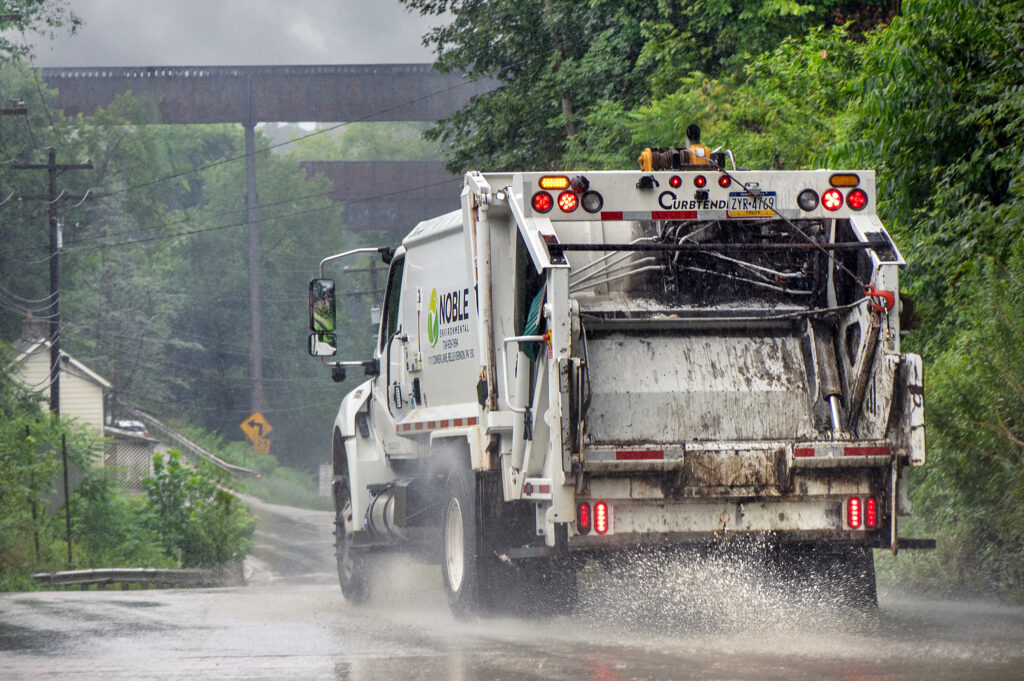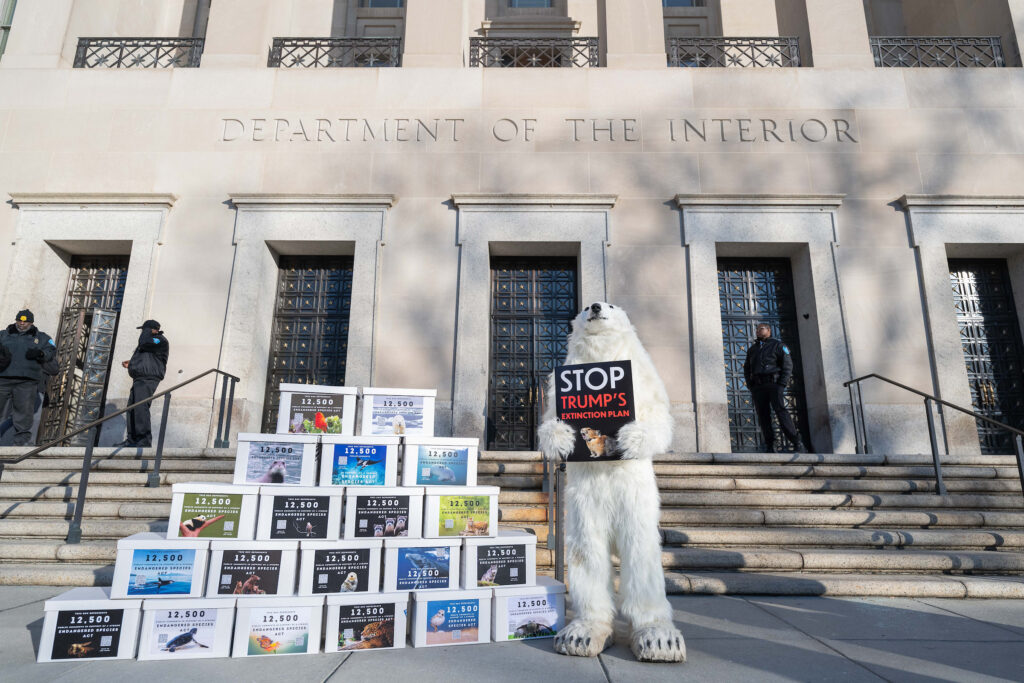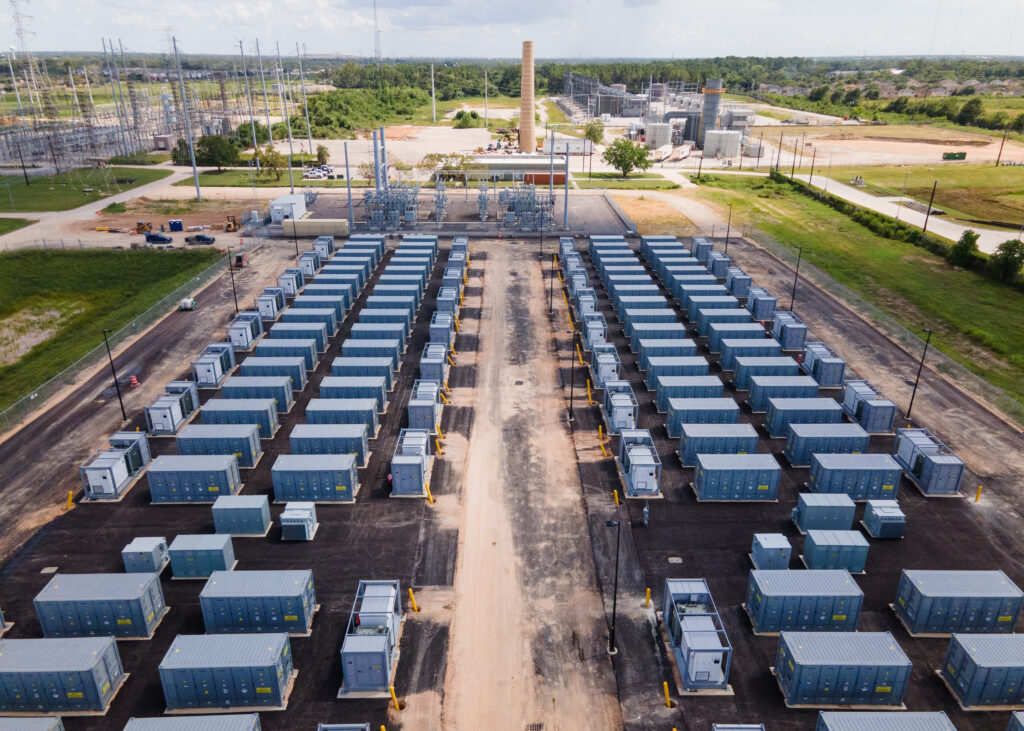The Biden administration punctuated Earth Week by finalizing a sweeping set of regulations for power plants—the source of one-quarter of U.S. greenhouse gas pollution—that are designed to hasten the transition to clean electricity across the nation.
The greenhouse gas rules offer plenty of exemptions, much leeway and additional time for the industry to comply. Coal operations that plan to close by 2032, plants in Alaska, Hawaii and U.S. territories and the 2,000 existing natural gas plants now responsible for 43 percent of the sector’s carbon emissions face no new requirements—for now. And states, which will implement the rules, can ease carbon restrictions on fossil fuel plants or give them more time to comply with the law in order to maintain grid reliability.
The Environmental Protection Agency packaged the climate-focused rules together with three other regulations that seek to harness pollution in every aspect of fossil fuel plant operation. The unmistakable message: Any coal plant that continues operating will face massive costs not only to capture carbon, but to control mercury and other toxic substances released to the air, to stop heavy metals from pouring into waterways and to strictly monitor and better manage the huge volumes of ash left behind from combustion.
We’re hiring!
Please take a look at the new openings in our newsroom.
See jobs
“This approach is both strategic and innovative,” said EPA Administrator Michael Regan in a briefing with reporters. “By finalizing these standards on the same day, we are ensuring that the power sector has the information needed to prepare for the future with confidence, enabling strong investment and planning decisions.”
At the same time, the Department of Energy finalized a pair of measures designed to speed the build-out of renewable energy: a long-awaited plan to accelerate the federal permitting process for big transmission line projects and a streamlined environmental review process for upgrades of existing transmission lines, battery and other energy storage systems and solar photovoltaic projects.
The White House stressed that the pollution-reducing rules will reduce health risks, particularly in poor and minority communities, and will create jobs—especially when coupled with the clean energy investments that Congress already has approved in the Bipartisan Infrastructure Law and Inflation Reduction Act. Energy Secretary Jennifer Granholm was scheduled to visit Salt Lake City on Thursday to announce $331 million in federal infrastructure funds for the long-planned Southwest Intertie transmission project, a 285-mile line designed to deliver wind energy from Idaho to Nevada and California. The project is expected to create more than 300 jobs for members of the International Brotherhood of Electrical Workers.
White House climate adviser Ali Zaidi called the moves “massive announcements that move us forward in tackling the climate crisis, in advancing environmental justice, in empowering our workers, and in growing our economy. These are a big deal for the American people, and they are a product of President Biden’s clear-eyed vision for the future.”
But the package of power plant measures faces both immediate and long-term threats. West Virginia Attorney General Patrick Morrisey, who led the successful legal charge against President Barack Obama’s Clean Power Plan, has vowed to take action to block the Biden rules. “Making matters worse, the administration packaged this rule with several other rules aimed at destroying traditional energy providers,” Morrisey said. “We’re reviewing those rules as well, and we’ll be working with state and industry partners to implement the best strategy for fighting back against Biden’s anti-energy agenda.”
Should former President Donald Trump retake the White House after the November election, he would be sure to engage in the same program of regulatory rollback that he did in his first term. And the Supreme Court Trump remade, which appears deeply skeptical of government regulatory authority, will get the last word on the rules no matter who is president.
In the past decade, transportation has edged out power plant pollution as the nation’s largest single source of greenhouse gas emissions—largely due to the retirement of coal plants. And even without the new rules, about half of the nation’s remaining coal-fired power plants have announced plans to permanently cease operation prior to 2039, according to the EPA. Under the new greenhouse gas rules, coal plants that plan to operate past 2039 and all new natural gas plants face the most stringent requirements.
“EPA has set the most stringent standards here for the coal plants that are going to last the longest, and the gas plants that are going to operate the most often,” said Frank Sturges, attorney with the advocacy group Clean Air Task Force. “Which means there are going to be meaningful reductions that help address the worst impacts of climate change.”
Although technically, power plant operators could use whatever technology they choose, they would have to clean up their operations to meet a carbon dioxide limit equal to the reduction of installing a carbon capture and storage system and running it at 90 percent efficiency. They would get until 2032—for coal plants, that’s two more years than originally planned—to comply with the rule. But the costs would be substantial.
In fact, adding CCS to existing coal plants is so costly that the EPA said it would not require carbon emissions reductions for any coal operations that plan to close by 2032—it would take too long for them to amortize the capital costs. Similarly, fossil fuel plants that operate outside the contiguous United States—most of them oil-fired, not coal-fired—would not face requirements beyond using cleaner-burning fuels like light oil or natural gas liquids.
This story is funded by readers like you.
Our nonprofit newsroom provides award-winning climate coverage free of charge and advertising. We rely on donations from readers like you to keep going. Please donate now to support our work.
Donate Now
The CCS-with-90-percent-efficiency standard will apply to a wider subset of new natural gas plants than the EPA originally envisioned. Any plant that operates at more than 40 percent capacity will be subject to the requirement. Originally, the proposal would have covered only those gas plants that operated at half capacity or more. Also, the EPA decided not to set a separate standard for new natural gas plants that co-fire with hydrogen to reduce emissions. Although the plants can use hydrogen if they wish, they would have to achieve emissions reductions equivalent to the use of 90-percent-efficiency CCS.
“What we’re finalizing is equally as stringent if not more” than the original proposal, Regan said.
But the EPA decided to go back to the drawing board before finalizing rules to address existing natural gas plants, which is a growing part of the sector’s greenhouse gas emissions as more coal plants shut down. Some environmental justice advocates who were distrustful of the original proposal’s reliance on carbon capture and storage wanted to see the agency develop a plan that would be more certain to reduce pollution in the midst of communities.
Regan said the delay “is directly in response to our stakeholders, both our industry stakeholders and our environmental stakeholders, who said you can do better. And we decided to take that challenge.” That means a new rule that puts the fate of greenhouse gas regulations for existing natural gas plants squarely in the hands of whoever is president after the November election.

















